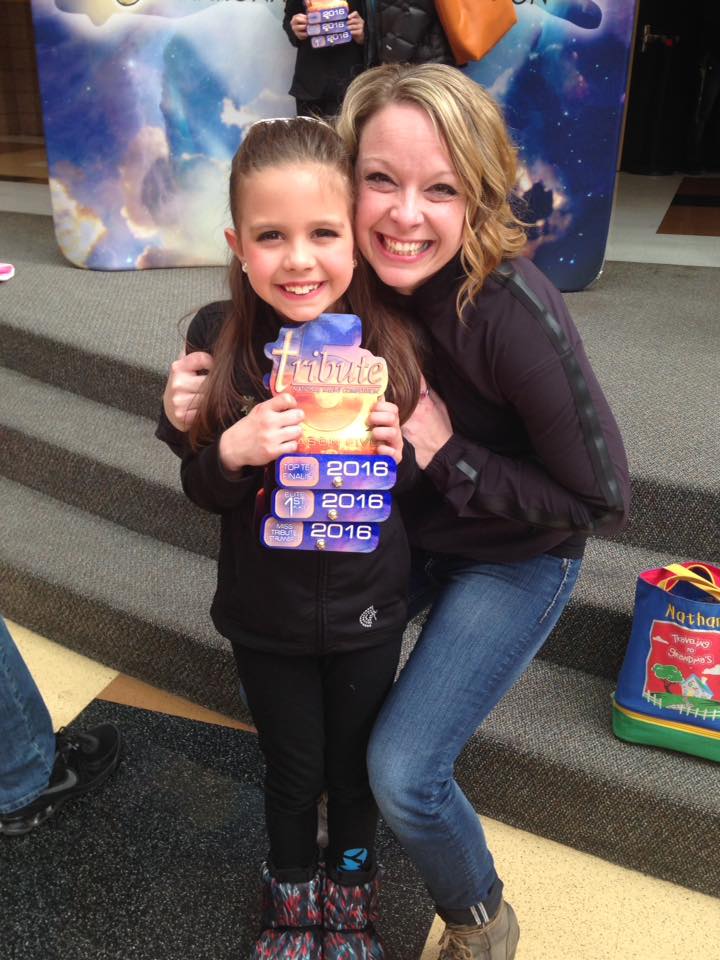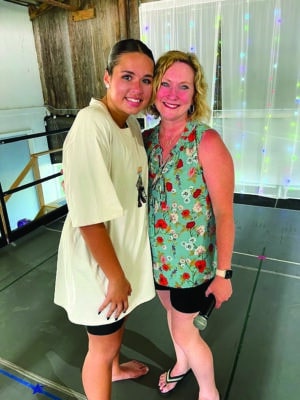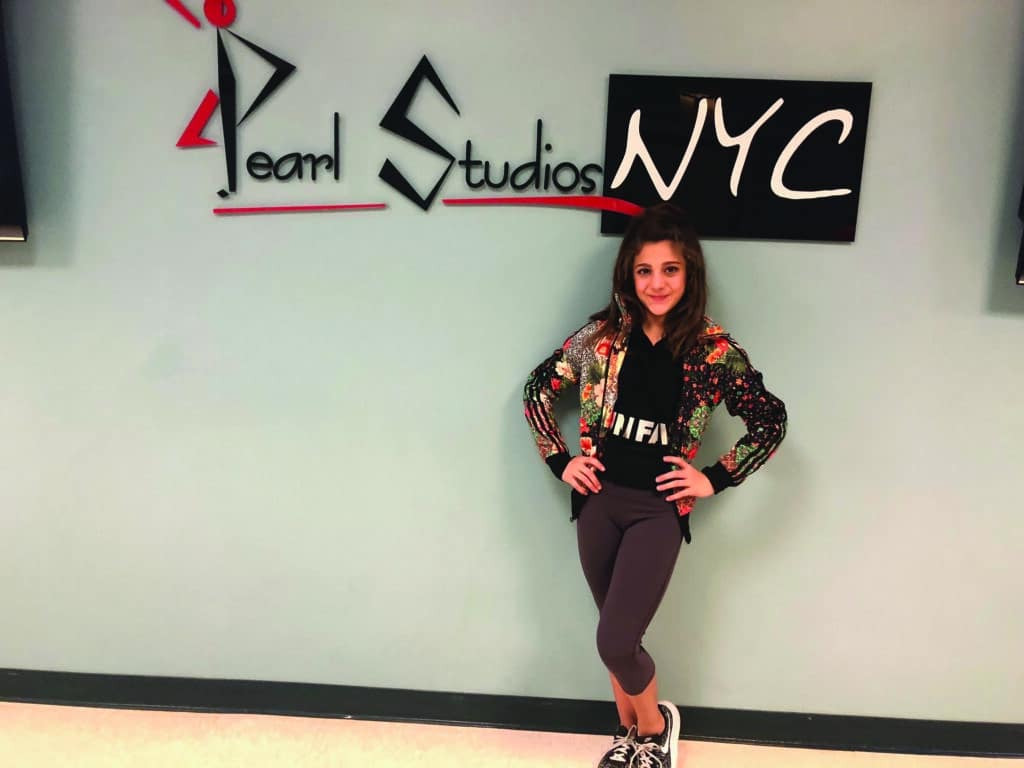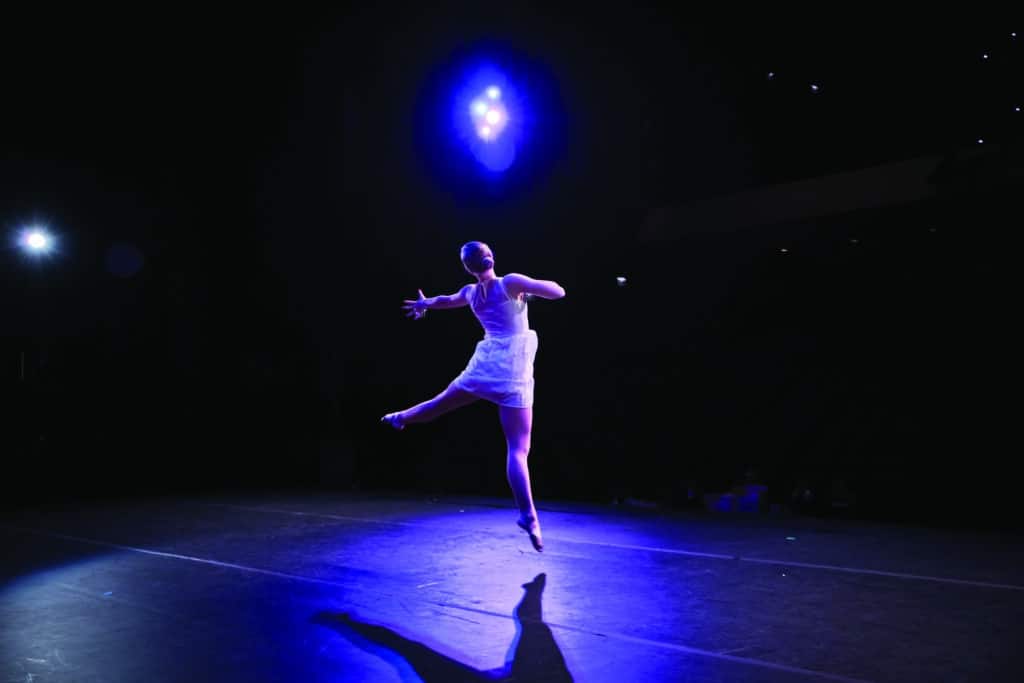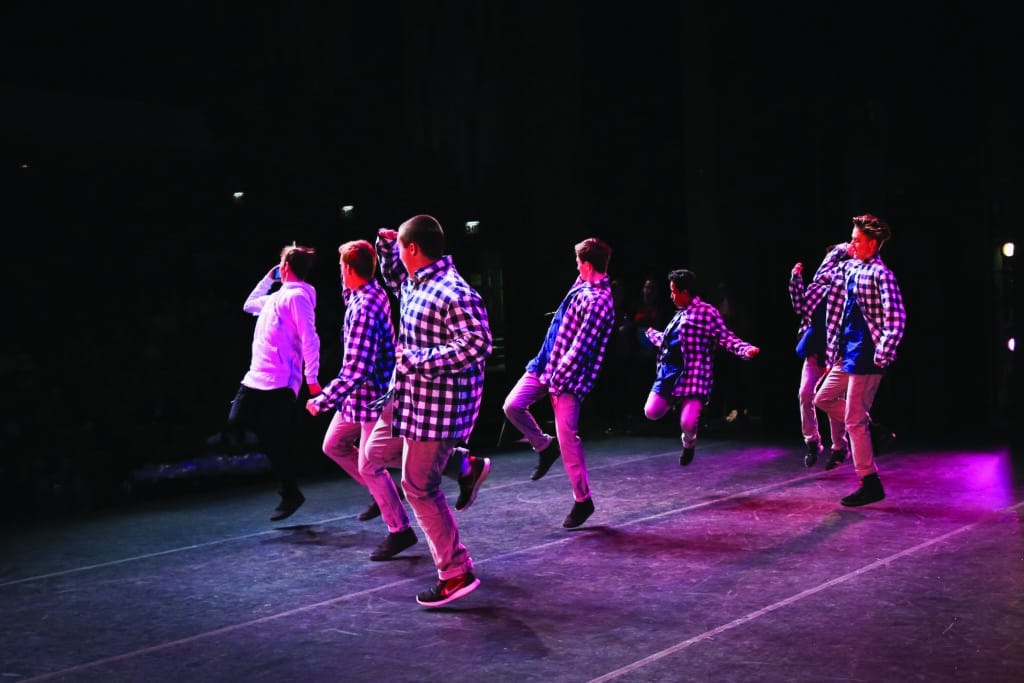Considering the health issues, culture wars, economic impact, and stress caused by COVID-19, a person might be hard pressed to see any pandemic positives. But not Jennifer and Jon Lyons, whose daughter Charlotte (now 13) was diagnosed with aplastic anemia, a rare but serious condition in which a body stops producing enough red blood cells, in May of 2020.
“We could see the silver lining” in COVID-19, Jennifer says, talking about how the closed-down and masked-up state of the world during the pandemic meant that Charlotte and her family “didn’t feel as isolated as we would have in the typical world” as she prepared for and then recovered from a July 2020 bone marrow transplant from her twin sister, Bridget.
“Everyone was wearing masks and no one was going to theme parks that summer,” Jennifer says. Because Charlotte’s longtime dance studio, Tonawanda Dance Arts in Tonawanda, New York, had jumped to remote learning when the shutdown struck, the young dancer was even able to participate in the (virtual) May recital and continue with her dance classes that fall. “Other than her teachers, no one even knew anything was going on with her.”
For Tonawanda teacher Miranda Spada, watching her young student face such a serious diagnosis “always with a smile on her face” was a lesson in courage. “Things have been so overwhelming with COVID—this is the perfect example that you take the obstacles you are faced with and find the good,” Miranda says. “With the right mindset and attitude, you don’t just get through something like this, but you come out stronger and better.”

The twins, who began dancing as preschoolers, were well-known at the studio when Miranda and studio founder and director Melanie Boniszewski started to notice a change in Charlotte: the previously energetic preteen became lethargic and ceased to engage fully in her dance lessons. The dancer was also noticeably bruised so often that “What bruise does Charlotte have this week?” became a classroom tease. “Something was off, but I couldn’t pinpoint” if the change was rooted in social, emotional, or physical concerns, Miranda says.
Wondering if Charlotte was still interested in dance, the teachers approached her parents; meanwhile, the Lyons family had been talking to doctors about Charlotte’s symptoms and arranging for testing. The aplastic anemia diagnosis threw the family into a “whirlwind,” Jennifer says, yet they were in luck: although they are not identical twins, Bridget was a perfect match for a transplant.
The twins faced the medical procedure like pros, Jon says. “The first 24 hours for Charlotte were horrible, but she did great with it,” he says, while Bridget overcame her fear of needles and made it through what felt “like being hit in the back with a baseball bat,” Jon says, adding “she’s a tough little cookie.”
All the COVID mitigations of the following dance year—virtual class options, plus social distancing and Safer Studio™ protocols for in-studio dancers—made it possible for Charlotte to participate online before being cleared to return in person. Through it all the Tonawanda teachers let Charlotte dictate how and when information about her health and treatment would be shared with her classmates.
“In our studio we never want to state anything incorrect or seem like we are gossiping,” says Melanie, who coaches her staff on how to handle sensitive situations. “It’s not our story to tell.” But again, Jon says, COVID did the family a favor: Charlotte just took class from home, like so many other dancers. “It was never, ‘Here comes the sick kid,’ and she didn’t miss out on anything,” he says.
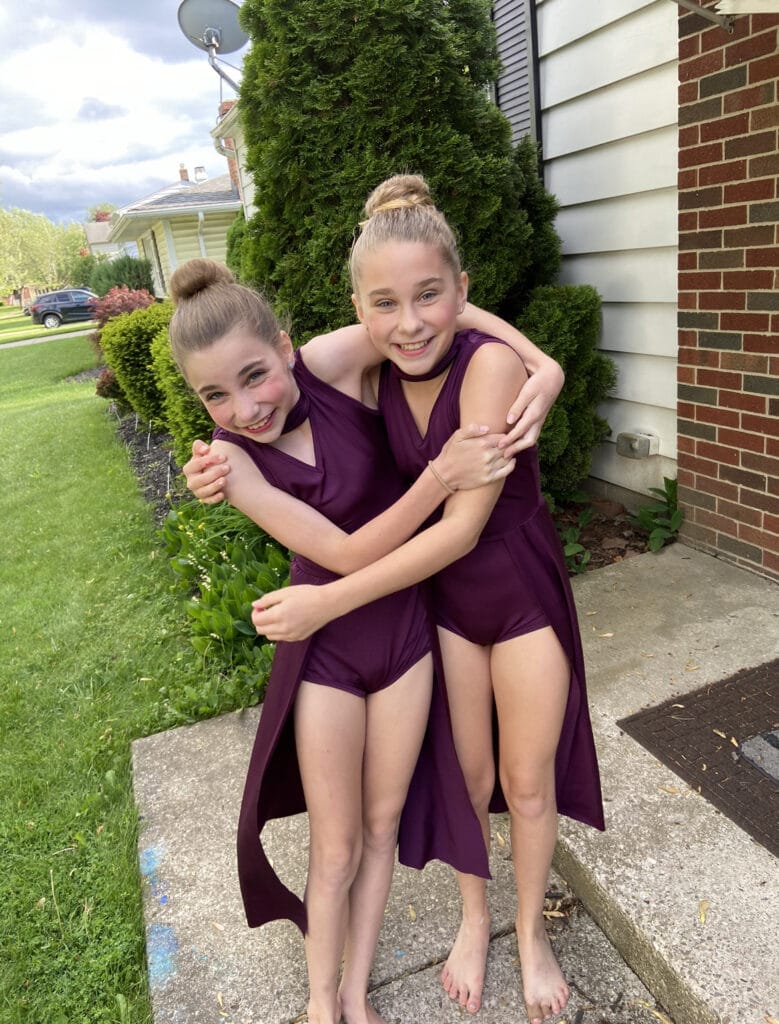
When Charlotte returned to the studio in person, there had been some changes. Her hair, lost during chemotherapy, was just starting to grow back, and she had to rebuild some of her confidence in class. And she no longer had Bridget at her side—her twin decided after years of dance to change activities and try volleyball. “But we were all back from COVID and things had changed for everyone,” Miranda says. “Every week Charlotte walks in and reminds me to look at my life and not take anything for granted.”
Melanie agrees. “If this kid can go through this at 12, 13 years old, I know I can get through anything.”
By this spring, it was clear the transplant “took”—Charlotte’s immune system is 100 percent Bridget’s, Jon says—and all signs point to a healthy long-term prognosis. “A lot of families struggle because they can’t find a match,” he says, adding that alternative treatments don’t always lead to full cures. “I always say I don’t need to play the lottery because I already won it.”

